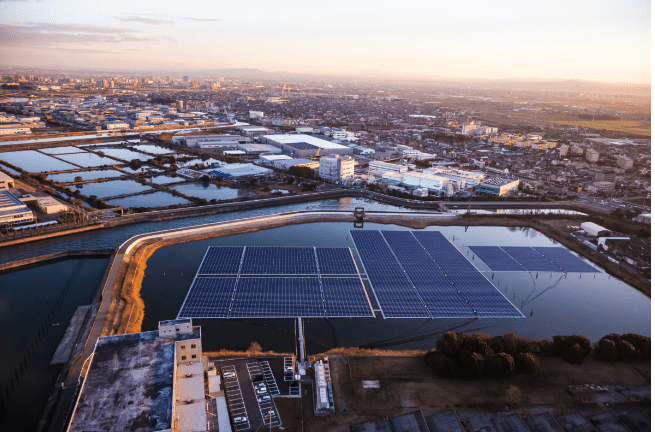“It’s a story being repeated around the world…”, state head of UN Environment Erik Solheim, UNFCCC executive secretary Patricia Espinosa and Frankfurt School of Finance & Management president Udo Steffens in the foreword of the latest BNEF-UNEP report – investors are getting “more bang for their buck” when they back renewable energy, and the data is compelling.
The latest Global Trends in Renewable Energy Investment 2017 report finds that, despite investment in renewable energy in 2016 falling 23% to $241.6 billion compared to 2015, last year saw record amounts of clean power capacity added.
Across the sectors of wind, solar, biomass and waste to energy, geothermal, small hydro and marine sources, some 138.5 GW of capacity was added in 2016, up from 127.5 GW in 2015. More power, less financial outlay: the numbers are starting to add up nicely for clean energy, and the world is starting to take notice.
The UNEP-BNEF report shows that renewable power additions accounted for 55% of all new generating capacity added globally in 2016. So not only are renewables becoming the cheapest forms of energy, they are now the most popular. Investment in renewables in 2016 was roughly double that spent on fossil fuel generation for the fifth year in succession, and the amount of global electricity derived from renewable sources rose to 11.3% last year – mitigating the impact of 1.7 gigatonnes of CO2 from the atmosphere.
For solar specifically, these trends are even more encouraging. Investment in solar in 2016 was 34% lower than in 2015, but the $113.7 billion spent last year was the largest amount in any clean energy sector and was enough to add 75 GW of new capacity – the most ever in a single year. This means more solar for 34% less outlay – and costs are only going to continue to fall, the report added.
In Chile last year, the winning bid of $29.10/MWh for solar was a record low, and further benchmarks are expected to be set across 2017 even with the expected slowdown of development in China and Japan – two of the world’s largest markets. Clean energy investment in China fell 32% in 2016 to $78.3 billion, while in Japan the slump was 56% to $14.4 billion. The U.S., meanwhile, saw investment in solar fall 10% to $46.4 billion.
“Even though investment is down, annual installations are still up,” BNEF founder Michael Liebrich said. “Instead of having to subsidize renewables, now authorities may have to subsidize natural gas plants to help them provide grid reliability.”
The report added that government mandates and incentives, allied to lower component costs, are helping to drive renewables, upping their share of the global energy mix. There is also growing “investor hunger” for clean energy, the report said, with purchases of assets such as solar and wind plants rising to $72.7 billion last year, and a 58% increase in corporate takeovers.
“The investor hunger for existing wind and solar farms is a strong signal for the world to move to renewables,” said Udo Steffens. “This is exactly the kind of situation where the needs of profit and people meet, that will drive the shift to a better world for all.”
This content is protected by copyright and may not be reused. If you want to cooperate with us and would like to reuse some of our content, please contact: editors@pv-magazine.com.








By submitting this form you agree to pv magazine using your data for the purposes of publishing your comment.
Your personal data will only be disclosed or otherwise transmitted to third parties for the purposes of spam filtering or if this is necessary for technical maintenance of the website. Any other transfer to third parties will not take place unless this is justified on the basis of applicable data protection regulations or if pv magazine is legally obliged to do so.
You may revoke this consent at any time with effect for the future, in which case your personal data will be deleted immediately. Otherwise, your data will be deleted if pv magazine has processed your request or the purpose of data storage is fulfilled.
Further information on data privacy can be found in our Data Protection Policy.